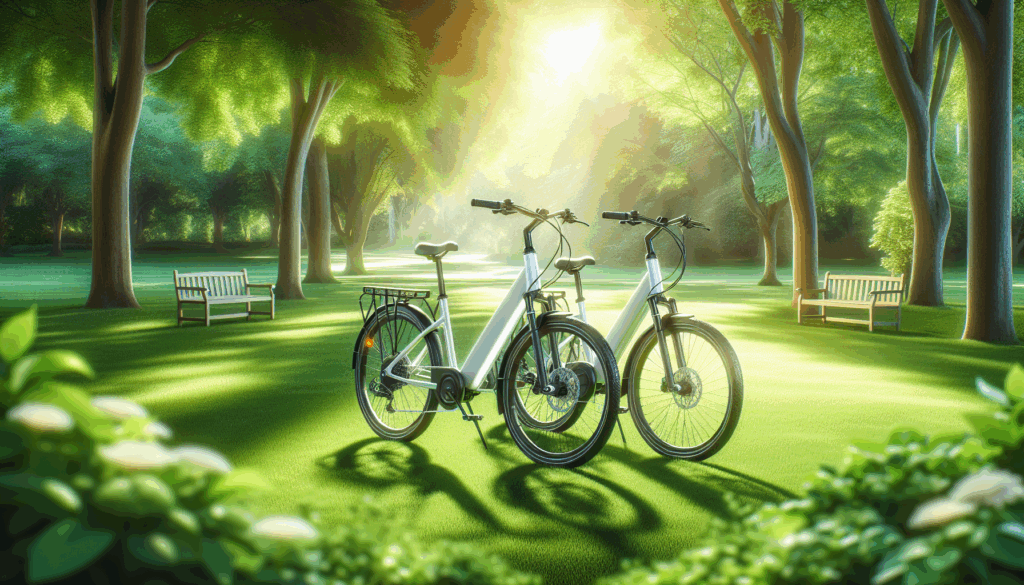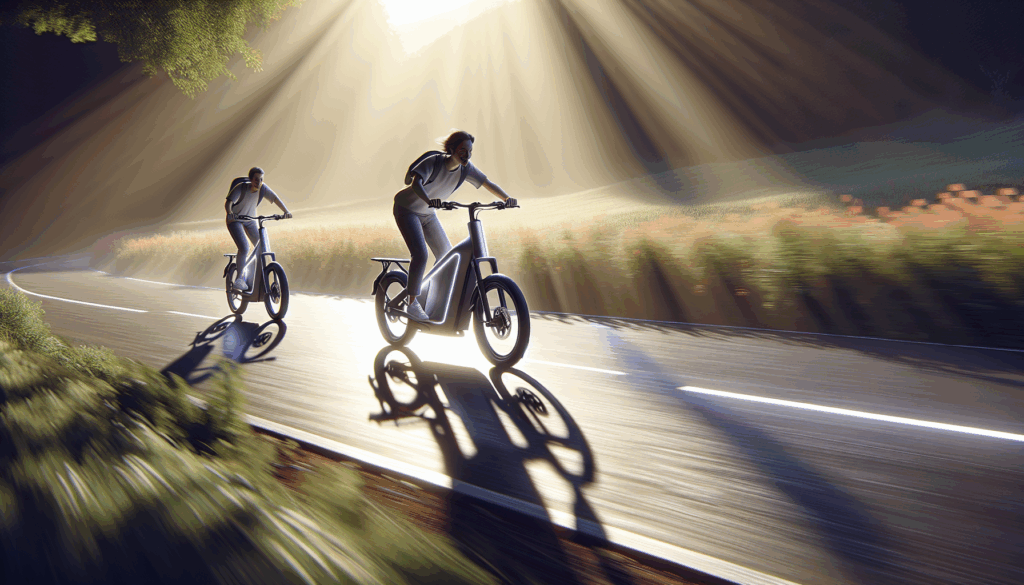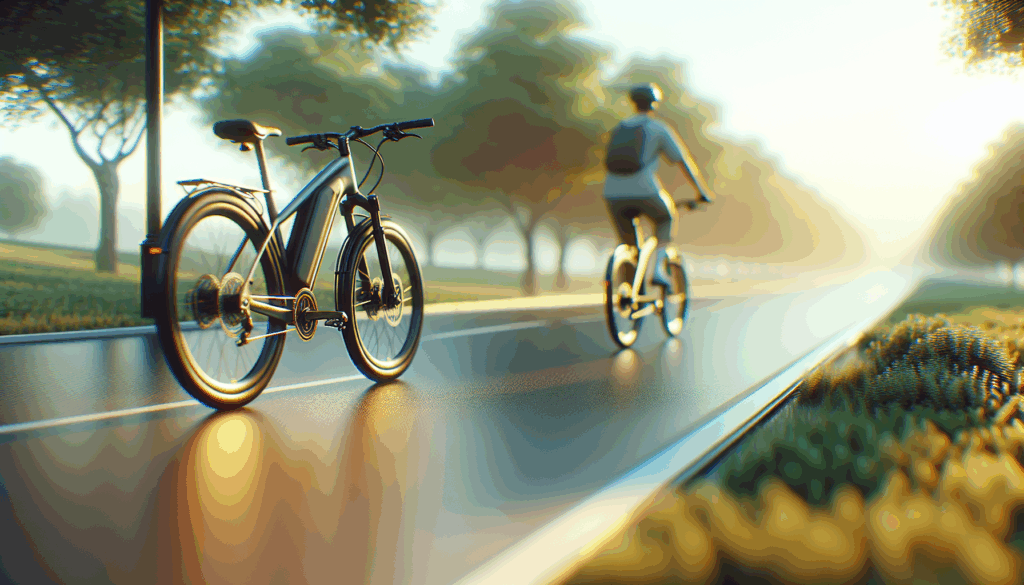E-bike technology has revolutionized modern commuting and recreational cycling, offering riders an efficient, eco-friendly, and customizable experience. Among the most defining components influencing performance are the sensors that control motor assistance primarily cadence and torque sensors. The choice between these two can dramatically affect how smooth, responsive, and natural your ride feels. For new riders, this decision might seem subtle, but for seasoned cyclists, the difference in sensor behavior determines not only the level of comfort but also energy efficiency and overall control. Understanding how each sensor interprets your pedaling style helps you find an e-bike that aligns perfectly with your riding habits and environment.

Cadence sensors measure how fast you pedal, activating motor assistance based on your pedal rotations per minute. This provides consistent support, making them ideal for relaxed city rides or casual commuting. In contrast, torque sensors detect how hard you pedal, adjusting the motor’s response in real time to match your effort resulting in a smoother, more natural feel similar to traditional cycling. Whether you seek the easy reliability of a cadence system or the precise responsiveness of a torque sensor, mastering this distinction ensures you get the most out of every e-bike journey.
Cadence Sensor: Harnessing Pedaling Frequency
Cadence sensors, often found in entry-level and mid-range e-bikes, measure the frequency of your pedaling motion. As you pedal, the sensor tracks the rotations per minute (RPM) of your crankset, determining your pedaling speed. This information is then translated into providing assistance from the e-bike’s motor. The cadence sensor excels in providing a consistent level of support, making it ideal for leisurely cyclists and urban commuters who prioritize a predictable riding experience.

Torque Sensor: Embracing Force and Effort
On the other hand, torque sensors are designed to detect the actual force exerted on the pedals. Unlike cadence sensors, torque sensors measure the pressure and strength that riders deliver when pedaling. This advanced technology allows e-bikes equipped with torque sensors to provide an adaptive level of assistance, seamlessly aligning with the rider’s input. As you apply more pressure or encounter challenging terrain, the motor responds with proportional assistance, effectively mirroring the natural feel of traditional biking.

Enhanced Riding Dynamics: The Impact of Sensor Choice
When weighing the benefits of cadence and torque sensors, it’s essential to consider the impact on riding dynamics. Cadence sensors, while easier on the budget, offer a consistent level of assistance based on pedal revolutions, providing a stable and predictable riding experience. In contrast, the intuitive nature of torque sensors empowers riders with a more dynamic and responsive feel, perfectly suited for demanding terrains and varying riding conditions.
The Pursuit of Precision: Precision and Accuracy Comparison
While both sensors aim to enhance the e-bike experience, their approach to precision and accuracy varies. Cadence sensors rely on measuring the speed of pedaling, offering a reliable but less intuitive method of assistance, whereas torque sensors, utilizing advanced strain gauges, deliver enhanced precision by directly responding to the rider’s physical input. The result is a seamless synchronization between human effort and motorized support, elevating the overall riding experience.

Conclusion: Deciphering Your Ride: Selecting the Ideal Sensor
In the realm of e-bike technology, the choice between cadence and torque sensors shapes the very essence of your riding escapades. Understanding their distinct functionalities and the influence on riding dynamics is pivotal in the decision-making process. You must align the sensor type with your riding style and preferences, be it leisurely urban commutes or spirited off-road adventures, to ensure a harmonious union between your pedaling and the e-bike’s support. So, as you embark on your e-bike journey, remember, the sensor you choose is not merely a technical feature – it’s the gateway to unlocking the full potential of your electric ride.
